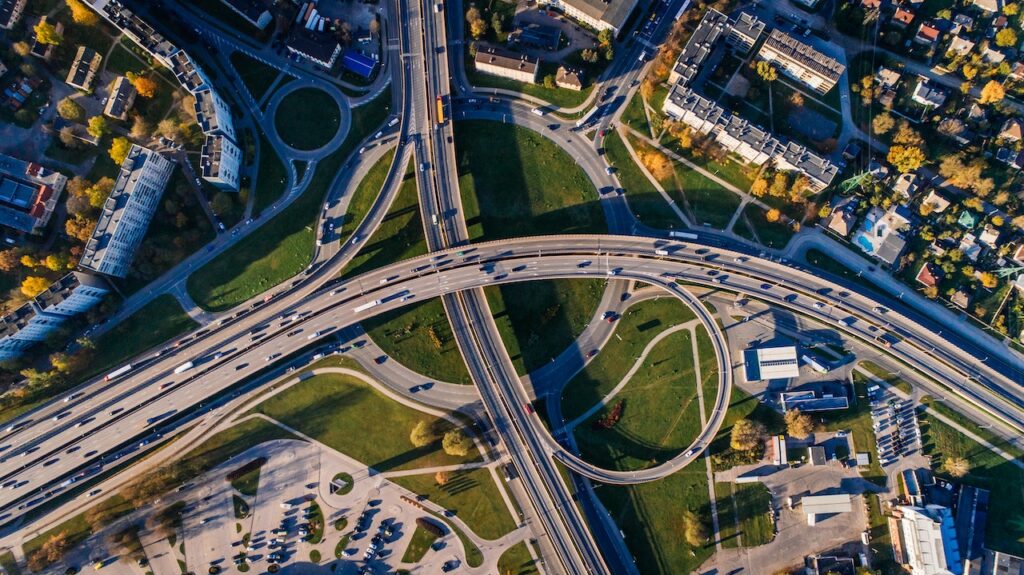In the early days of the internet, bandwidth limitations played a significant role in shaping the online experience. Bandwidth refers to the amount of data that can be transmitted over a network within a given timeframe. During this period, the available bandwidth was considerably limited, leading to slower internet speeds and certain restrictions on what users could do online. In this article, we will explore how bandwidth limitations shaped the early internet experience and the impact it had on users.

Introduction to Bandwidth Limitations
In the early days of the internet, dial-up connections were the primary means of accessing online content. These connections used existing telephone lines and offered limited bandwidth. The maximum data transfer rate for dial-up connections was typically around 56 kilobits per second (Kbps), which was significantly slower compared to today’s high-speed internet connections.
Slower Browsing and Downloads
One of the notable impacts of bandwidth limitations was the slower browsing and downloading experience. Websites took longer to load, and downloading files, such as images or software, was a time-consuming process. Users had to be patient and wait for content to gradually appear on their screens.
Streaming Media Challenges
Streaming media, such as videos or music, posed a particular challenge due to bandwidth limitations. Streaming required a continuous flow of data, and the limited bandwidth often resulted in buffering issues. Users had to wait for the content to buffer and load before they could enjoy uninterrupted playback.
Email and Text-Based Communication Dominance
Given the slower internet speeds, email and text-based communication became the primary modes of online interaction. Chat rooms, instant messaging, and email platforms allowed users to communicate effectively despite the bandwidth limitations. These communication methods relied on text rather than large multimedia files, making them more suitable for the available bandwidth.
Limited Multimedia Content
Bandwidth limitations also affected the availability and accessibility of multimedia content. Websites had to be optimized for slower connections, resulting in simpler designs and fewer multimedia elements. Graphics and images were often compressed to reduce file sizes and optimize loading times. Video and audio content were scarce due to the challenges of streaming with limited bandwidth.
Innovation in Web Design and Optimization
Bandwidth limitations drove innovation in web design and optimization techniques. Web developers had to find ways to make websites load faster and efficiently use the limited bandwidth available. This led to the development of techniques such as image compression, minification of code, and the use of efficient file formats to deliver content more efficiently.
Importance of Content Prioritization
Due to bandwidth limitations, content prioritization became crucial. Websites had to carefully select and prioritize the essential elements to ensure a smoother user experience. Non-essential elements were often omitted or replaced with lower-resolution alternatives to optimize loading times.
Evolution of Internet Technologies
Over time, internet technologies and infrastructure evolved, leading to the availability of higher bandwidth connections. The transition from dial-up to broadband, advancements in data compression techniques, and the development of more efficient protocols allowed for faster and more reliable internet speeds.
Impacts on User Behavior and Expectations
Bandwidth limitations influenced user behavior and expectations during the early internet era. Users had to be more patient and selective with their online activities. Waiting for content to load and dealing with connection disruptions were common experiences. These limitations also shaped user expectations for faster speeds and more seamless online experiences as technology progressed.
Lessons Learned and Future Perspectives
The bandwidth limitations of the early internet days taught us valuable lessons about the importance of efficient data transmission, content optimization, and the need for continued investment in internet infrastructure. Today, with high-speed internet connections becoming the norm, we have witnessed the transformation of the online experience.
Bandwidth limitations played a significant role in shaping the early internet experience. Slower internet speeds, limited multimedia content, and challenges with streaming media were some of the notable effects of bandwidth limitations. However, these limitations also drove innovation in web design and optimization techniques, leading to more efficient and user-friendly websites.
The impact of bandwidth limitations on the early internet experience was significant. It shaped user behavior, influenced web design and optimization techniques, and highlighted the importance of efficient data transmission. As technology continues to evolve, the availability of high-speed internet becomes increasingly crucial for individuals, businesses, and society as a whole. The lessons learned from the early years of the internet provide valuable insights as we strive to create a faster, more connected world.










